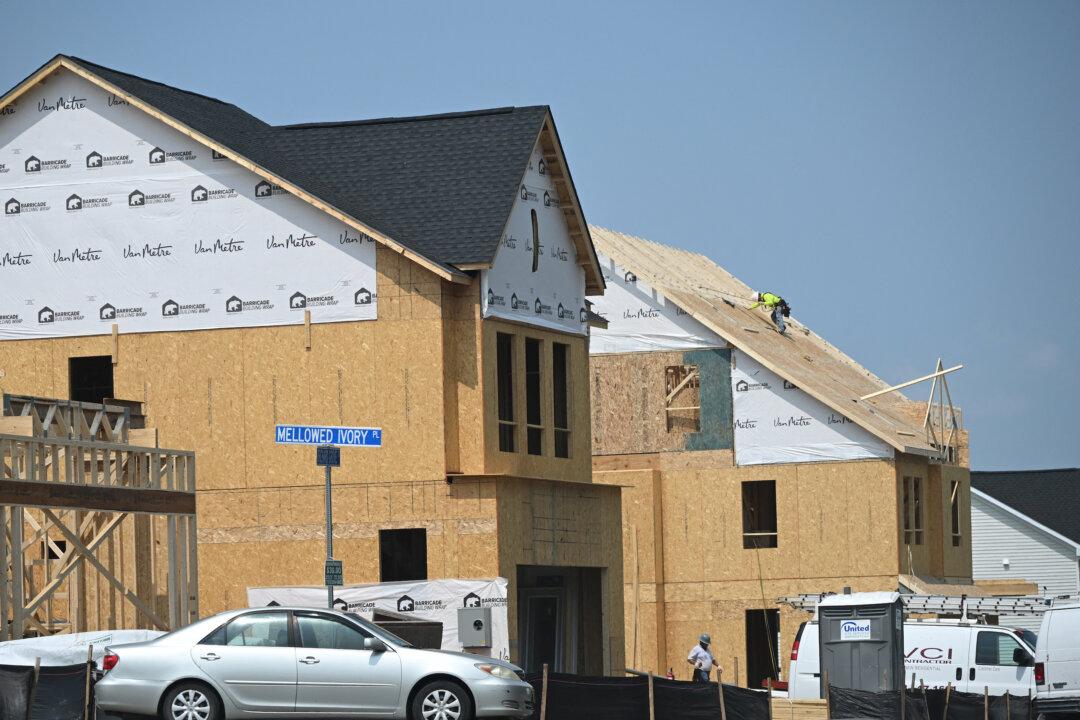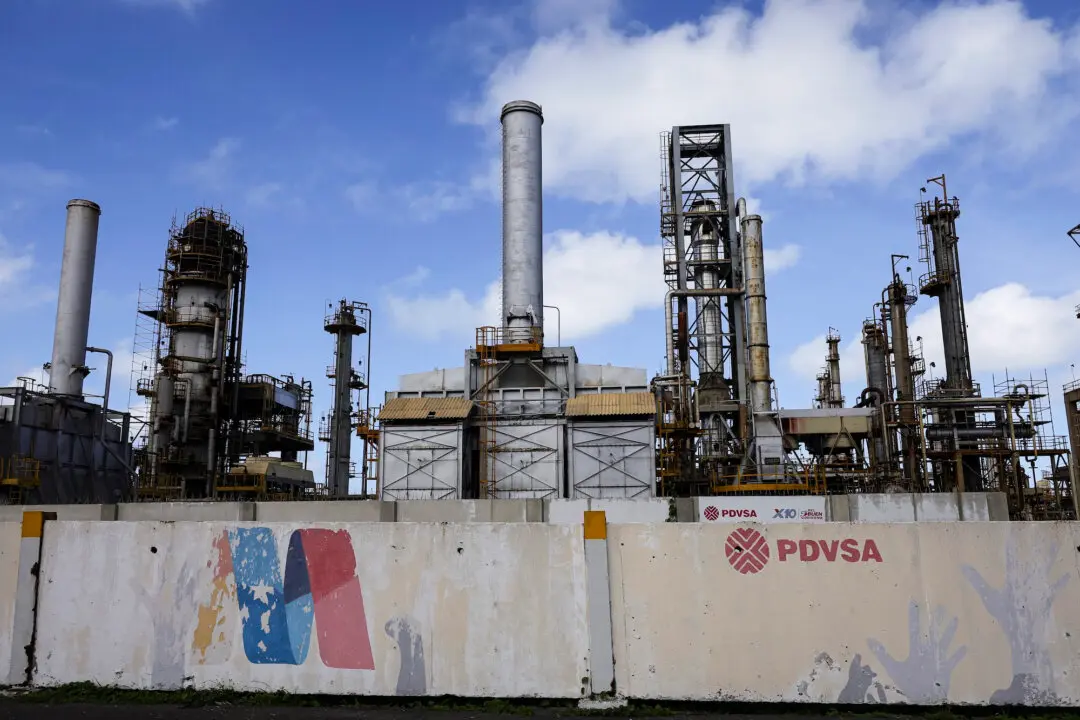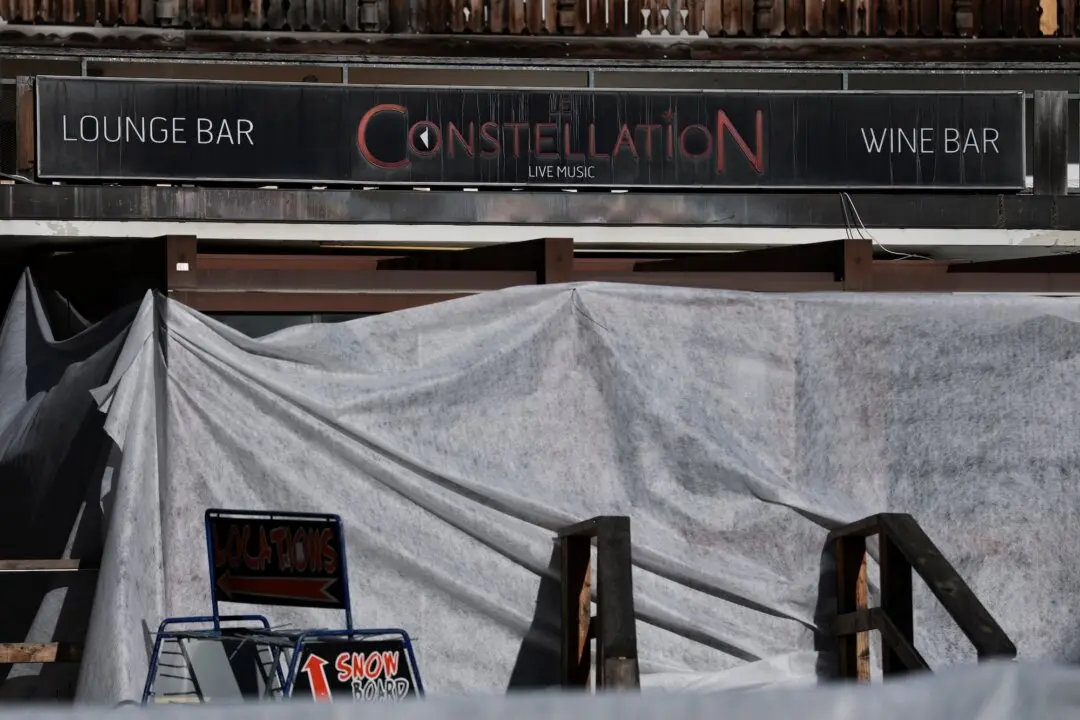Construction of new homes in the United States fell for the third consecutive month in July to its lowest level in more than four years, suggesting deepening housing market woes.
The Commerce Department’s monthly new residential construction report, released on Aug. 16, shows that privately owned housing starts in July stood at a seasonally adjusted annual rate of 1.24 million. That’s a 6.8 percent decline from a month ago and 16 percent lower than the same month in 2023. It’s also the lowest level of homebuilding activity since May 2020, when there were 1.053 million housing starts.





